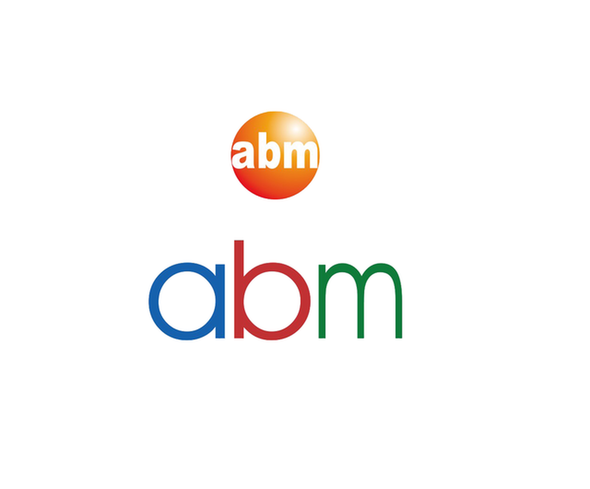abm mouse recombinant protein
Recombinant Mouse Stem Cell Factor (KITLG) | Z200595
- SKU:
- Z200595
- Availability:
- 5 to 7 Days Shipment
Description
abm | Recombinant Mouse Stem Cell Factor (KITLG) | Z200595
SCF is a stromal cell-derived cytokine synthesized by fibroblasts and other cell types. SCF promotes proliferation and early differentiation of cells at the level of multipotential stem cells. It has been suggested that SCF is essential for optimal production of various hematopoietic lineages. The receptor for SCF, designated SCFR (CD117), is the oncogene designated as KIT. The biological activities of SCF are synergised considerably by GM-CSF and G-CSF, and also by IL7, EPO and some other growth and differentiation factors. In combination with IL7, SCF stimulates the proliferation of pre-B cells. SCF is also a potent chemoattractant for cells, such as mast cells, expressing the KIT receptor.
Functions:
The ED50 as determined by the dose-dependent stimulation of the proliferation of human TF-1 cells is < 2.0 ng/mL
Organism:
Mouse
Source:
E. coli
Alias:
SCF, Kit ligand, c-Kit ligand, Hematopoietic growth factor KL, Mast cell growth factor, MGF, Steel factor
Gene Symbol:
KITLG
Gene ID:
17311
Accession:
P20826
Formulation:
Lyophilized from a 0.2 μm filtered solution in Tris and NaCl (pH 8.0)
Solubility:
A quick spin of the vial followed by reconstitution in distilled water to a concentration not less than 0.1 mg/mL. This solution can then be diluted into other buffers.
Appearance:
Lyophilized Powder
Molecular Weight (kDa):
18,9
Molecular Weight 2 (kDA):
N/A
Molecular Weight 3 (kDA):
N/A
Purity:
>95% as determined by SDS-PAGE
Concentration:
<1.0 EU/μg of recombinant protein as determined by the LAL method
Shipping Condition :
Ambient Temperature
Storage Condition:
The lyophilized protein is stable for at least one year from date of receipt at -70°C. Upon reconstitution, this cytokine can be stored in working aliquots at 2° - 8°C for one month, or at -20°C for six months, with a carrier protein without detectable loss of activity. Avoid repeated freeze/thaw cycles.






